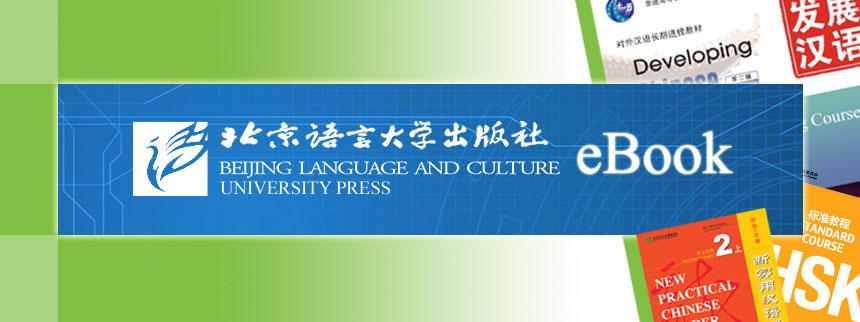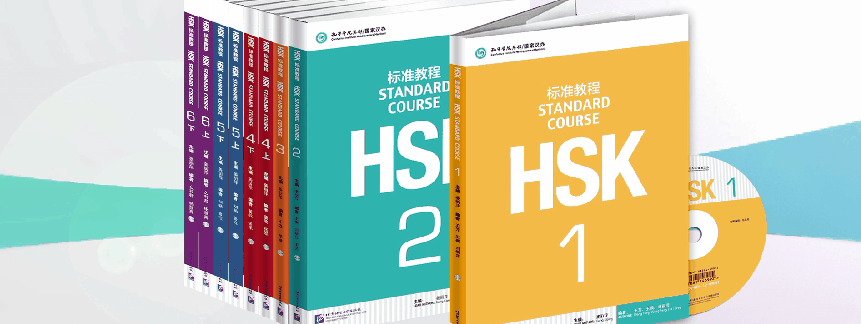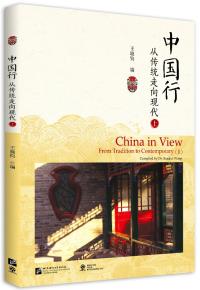Online Bookstore
- Online Reading (Non-downloadable): Advanced Chinese Audiovisual Course (I)
- Online Reading (Non-downloadable): Chinese Paradise Textbook 5
- Online Reading (Non-downloadable): Advanced Chinese for Humanities (Ⅱ)
- Online Reading (Non-downloadable): Advanced Chinese for Humanities (Ⅰ)
- Online Reading (Non-downloadable): Easy Steps to Chinese (2nd Edition) Textbook 5
- COLORFUL GUANGXI
China in View—From Tradition to Contemporary (Ⅰ)
Author:Xiaojun Wang
- Medium:Books
- ISBN: 9787561951781
- Page Count: 245
- Size:285 × 210 mm
- Pub Date:2018-05
- The book weight: 645 g
- Annotation Language:English
- Course:Comprehensive,Reading
- Target Audience(Age):Middle School,College ,Adults
- Target Audience(Language):Beginner,Elementary ,Pre-Intermediate,Advanced
- Price:
-
Category: Textbooks >Study in China >Short-Term
Textbooks >Study in China >Long-Term
More














